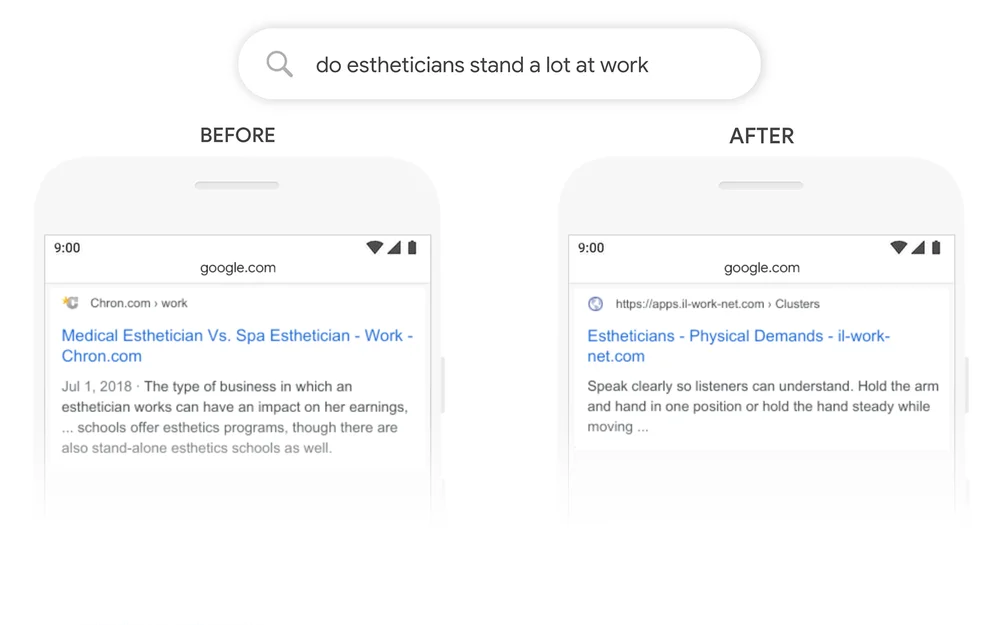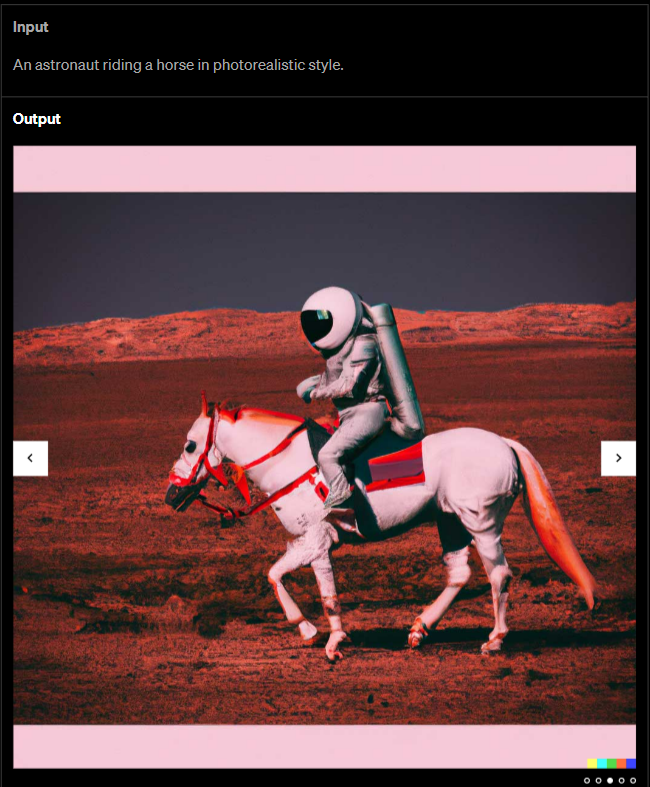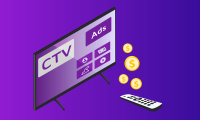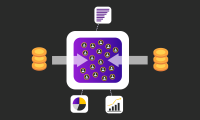Generative AI Takes Center Stage in Ad Tech
Moments like this don’t come often.
With its remarkable capabilities, Generative AI has unleashed a market frenzy. Far from overshadowing human expertise, AI has seamlessly integrated into ad tech, augmenting capabilities and elevating the value of the end product.
This advanced AI technology has revolutionized how ads are crafted and tailored to individual users by harnessing the power of machine learning and natural language processing.
Let’s delve into this emerging technology that is rapidly gaining momentum and explore its impact on the ad tech industry.
What is Generative AI?
Generative AI has a rich history dating back to the 1960s with the development of chatbots. Recent advancements in the field have led to significant progress, enabling the generation of diverse content like text, images, audio, and synthetic data.
The generated content is not simply a replication or combination of existing data but rather a creative and unique creation based on the underlying patterns and context.
One of the notable applications of Generative AI is in natural language processing, where models like OpenAI’s GPT (Generative Pre-trained Transformer) have demonstrated remarkable capabilities in generating coherent and contextually relevant text.
How will Generative AI impact the ad tech ecosystem?
Here are some key ways in which generative AI will shape the future of ad tech:
- Enhanced Personalization
Generative AI enables the creation of highly personalized ads by leveraging user data and preferences.
Using Adobe Sensei, advertisers can extract insights from vast amounts of information, such as user browsing behavior, purchase history, and demographic data.
By analyzing this data, Adobe Sensei can generate tailored ads that align with individual interests and needs. This level of personalization enhances user engagement and increases the likelihood of conversions.
- Advanced Targeting Capabilities
AI-powered algorithms can leverage data analytics and machine learning to identify the most relevant audience segments for specific ads.
By utilizing an AI model such as BERT, advertisers can employ advanced language understanding capabilities to identify user intent, preferences, and interests, enabling advertisers to tailor their campaigns to specific target groups more effectively.
This targeted approach maximizes the impact of ads and improves campaign performance.
- Cost Efficiency
Generative AI offers cost-effective solutions for ad creation. By automating the content generation process, AI reduces the time and resources required to produce high-quality ads.
This affordability opens up opportunities for businesses of all sizes to engage in advertising and reach their target markets effectively.
- Increased Transparency and Trust
AI technology facilitates greater transparency in the ad ecosystem. By leveraging generative AI, businesses can create ads that provide clear information and adhere to ethical advertising practices. This transparency builds trust with consumers, fostering positive brand-consumer relationships and mitigating concerns regarding ad fraud and deceptive practices.
- Enhanced Creative Capabilities
Generative AI models such as OpenAI’s DALL-E 2 can be used by advertisers to generate visually captivating ad content.
It empowers them with novel creative possibilities. They can generate innovative and visually captivating ad content, such as images, videos, and interactive elements, based on specific objectives or user prompts.
With DALL-E 2, advertisers can transform textual descriptions into striking visuals that boost the overall aesthetic appeal of ads and enhances user engagement.
How does generative AI work in ad tech?
Transformers and Large Language Models (LLM) are two components of generative AI that work together to generate content based on a given prompt.
Transformers process and analyze unstructured data using attention mechanisms.
Language Models, a type of transformer, understand and generate human language. They can optimize ad copy, target users, and provide personalized recommendations, enhancing advertising strategies.
To illustrate how transformers and language models work, let’s consider the prompt “Create compelling ad copy for a new smartphone.”
- Encoding the prompt: The language model first encodes the prompt as a sequence of tokens, representing each word and punctuation. This encoded sequence serves as the initial input for the generative AI system.
- Attention mechanism: Transformers, including language models, utilize attention mechanisms to analyze the relationships between words within the input sequence. This allows the model to assign different weights to each word based on its relevance to other words in the prompt.
- Generating the content: The language model utilizes its internal knowledge and learned patterns to create the ad copy. In this case, the model leverages its understanding of persuasive language, the features of the smartphone, and the target audience to craft engaging and effective ad copy.
- Output interpretation: The generated output could be in the form of persuasive text that highlights the unique features, benefits, and selling points of the new smartphone, enticing potential customers to make a purchase.
With just a few guiding instructions and comprehensive prompts, this advanced technology can generate content that aligns perfectly with the desired objectives and resonates with the intended audience.
Generative AI has been making significant strides in the ad tech industry for some time now, establishing a strong presence and influencing various aspects of the field.
Here are some examples of how generative AI is already being used in ad tech.

- Google’s BERT (Bidirectional Encoder Representations from Transformers)
BERT is a powerful natural language processing model developed by Google. It can analyze the context and semantics of text, allowing advertisers to generate more relevant and engaging ad copy.
BERT helps to understand the user’s intent behind a search query and ensures that ads are tailored to match that intent. By leveraging BERT, publishers can create content and display ads that resonate better with their target audience, leading to improved click-through rates and conversions.

- OpenAI’s DALL-E 2
DALL-E 2 is an impressive generative AI model developed by OpenAI. It can generate realistic images from textual descriptions. In the context of Ad Tech, DALL-E 2 can be utilized to create visually appealing and attention-grabbing ads.
Advertisers can provide textual descriptions of the desired visual elements, and DALL-E 2 can generate corresponding images that align with those descriptions. This capability enables advertisers to create unique and visually compelling ads that stand out in a crowded advertising landscape.
- Adobe Sensei
Adobe Sensei is an AI-powered suite of tools developed by Adobe. It offers automation and intelligence across various stages of the ad tech process. One of its functionalities is automating ad creation, optimization, and targeting. By leveraging machine learning algorithms, Adobe Sensei can analyze large amounts of data and generate optimized ads based on user preferences and behavior.
It also provides insights into the performance of different ad variations, helping advertisers make data-driven decisions to improve their campaigns’ effectiveness. Overall, Adobe Sensei empowers businesses to save time and resources while maximizing the impact of their advertising efforts.
The integration of generative AI into ad tech heralds a future where personalization takes center stage, prioritizing a deep understanding of consumer behavior and expectations. Generative AI will play a pivotal role in delivering outcomes that align with these insights. This transformative technology is poised to deliver profoundly meaningful user experiences and propel superior outcomes redefining the programmatic industry.




Leave a Reply